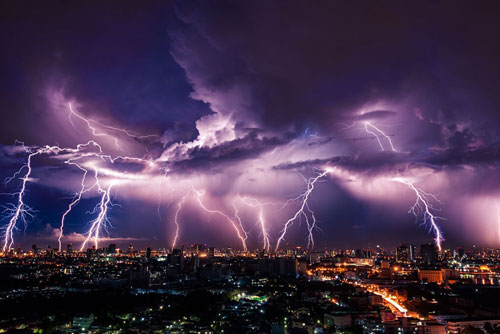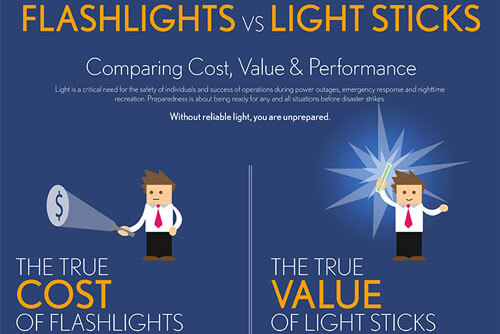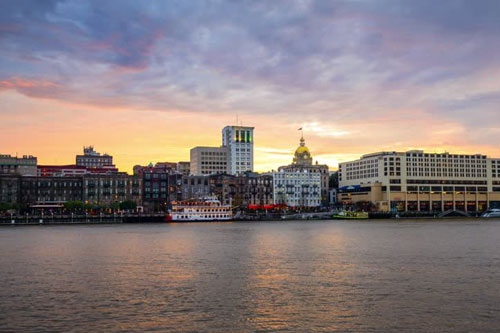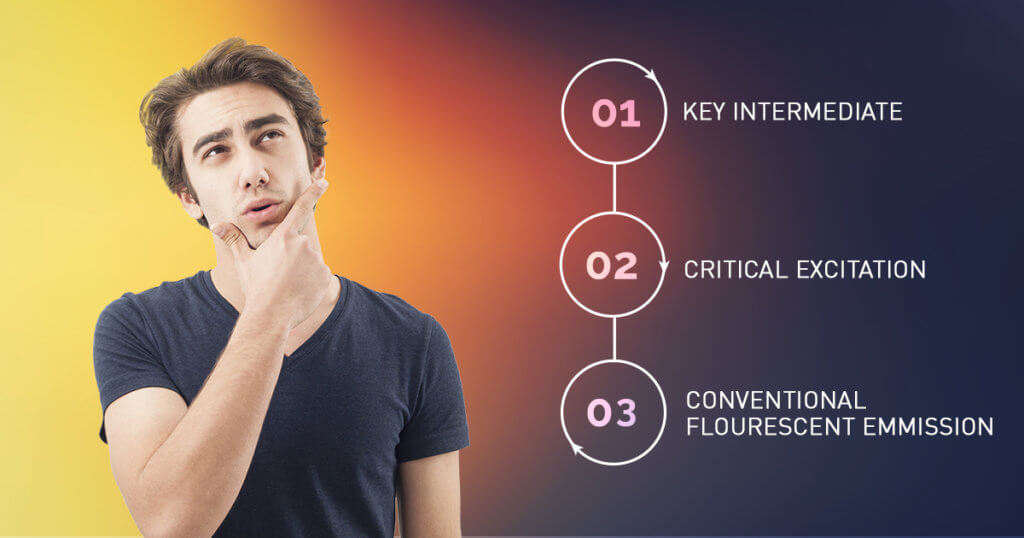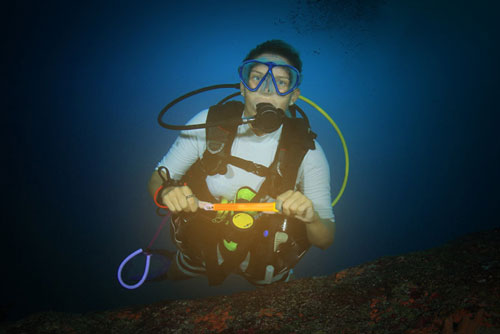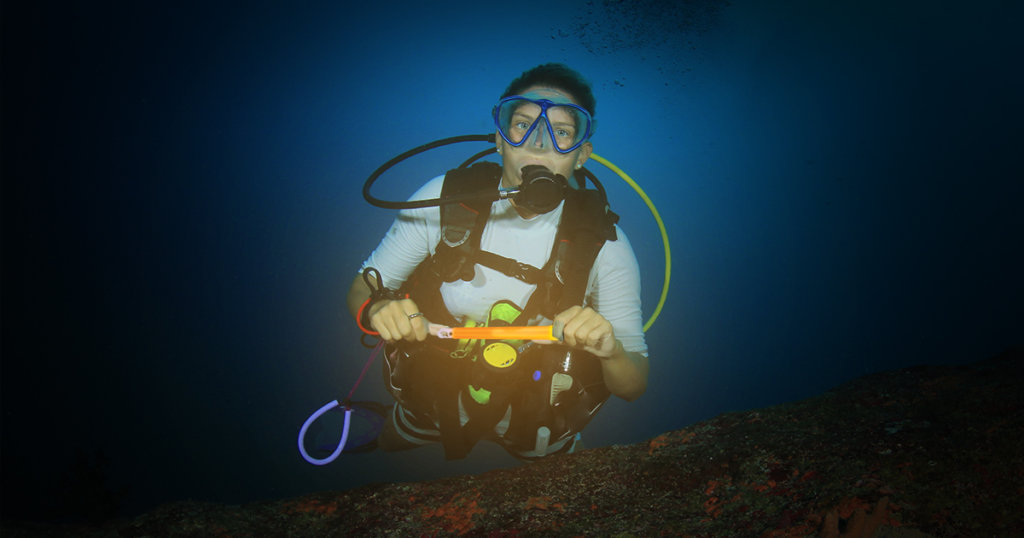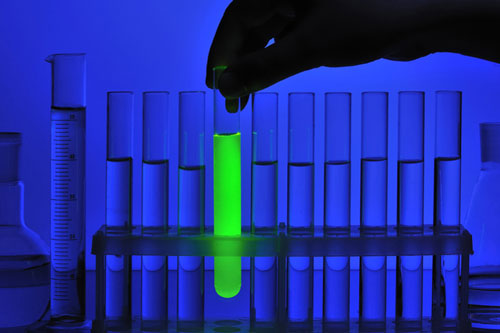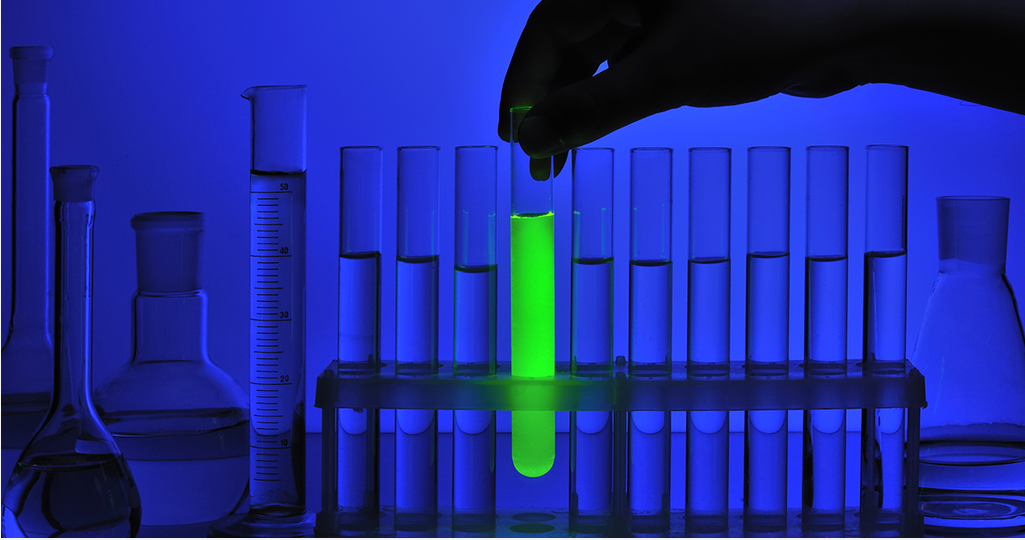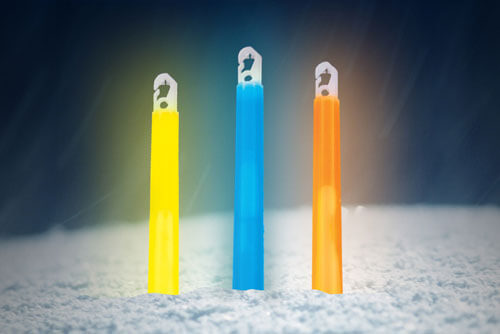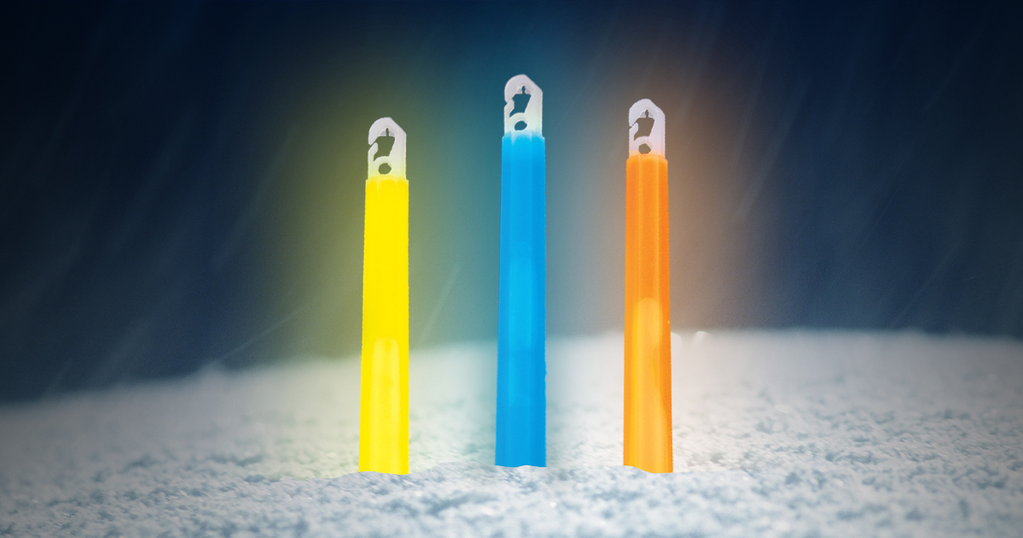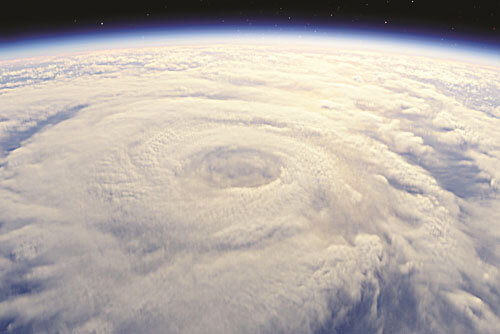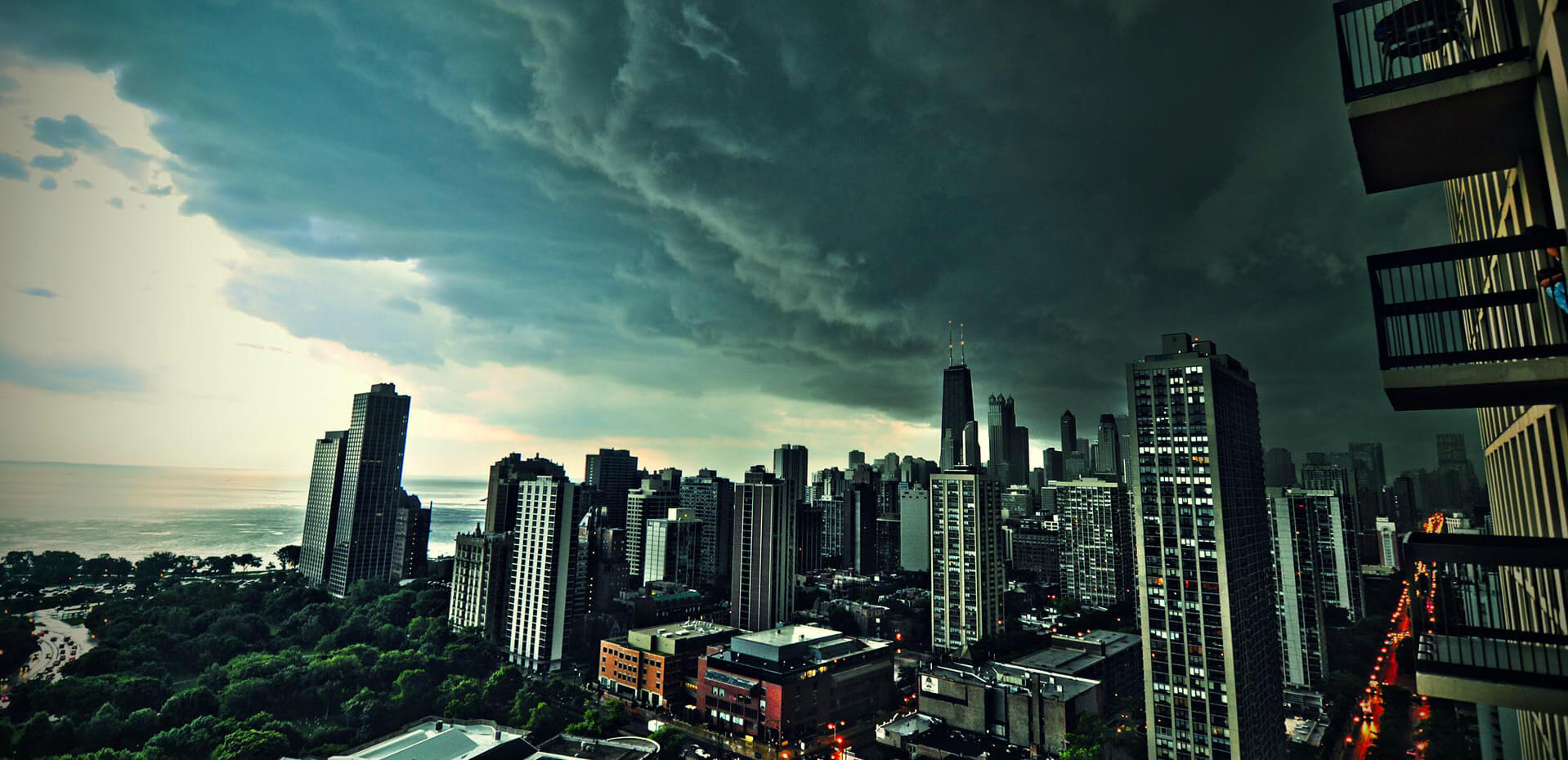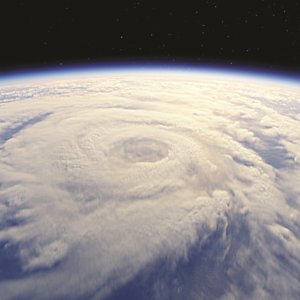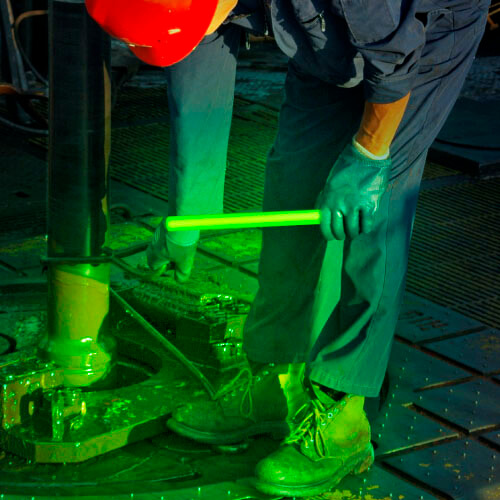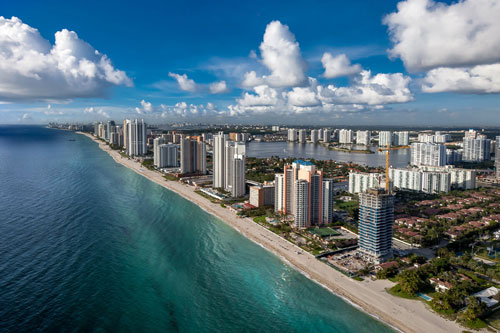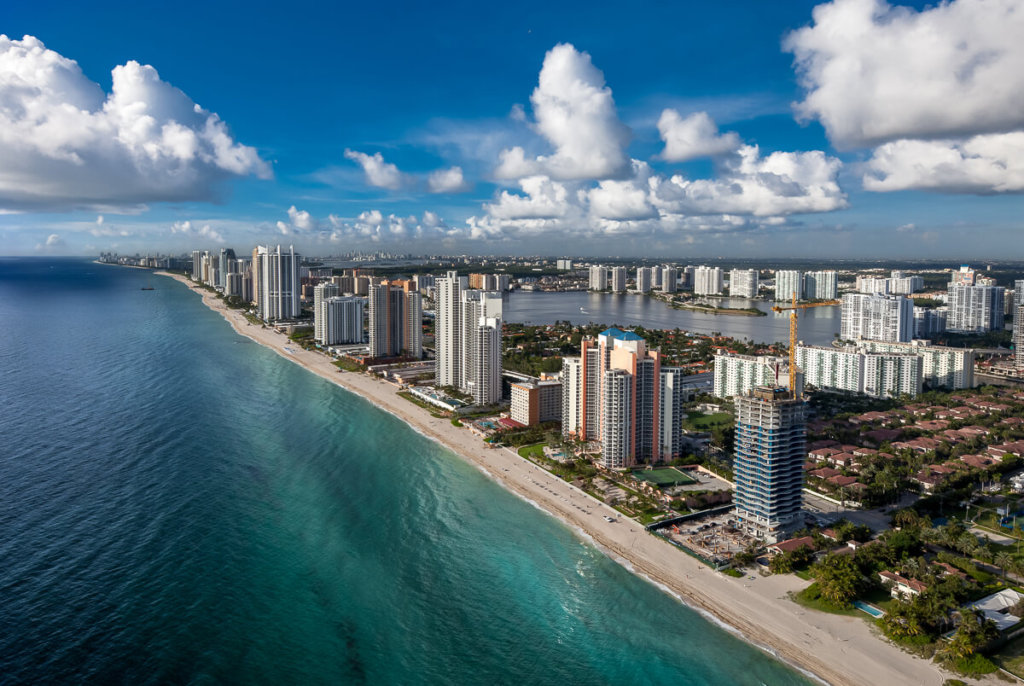Disaster Checklist
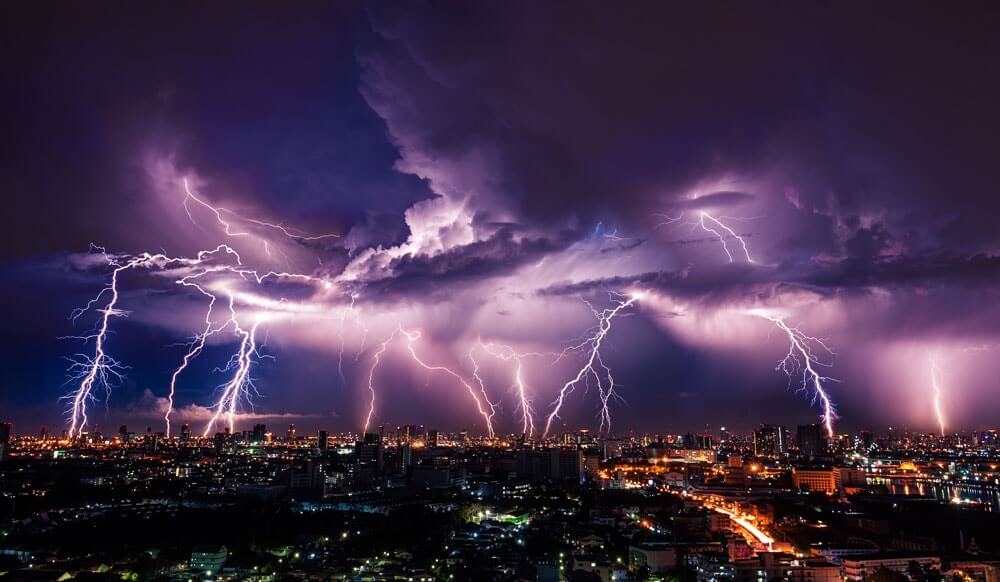
Thousands of people are displaced each year due to natural disasters, including hurricanes, floods, tornados, wildfires, earthquakes, and more. Creating an effective disaster plan now instead of later can better help prepare you and your household for these events, ensuring that all necessary documents and supplies are ready when you are.
Purchasing and properly storing your supplies prior to a disaster not only saves you valuable time but also ensures you have the tools you need when you need them.
Prioritize water and food in your emergency plan. It’s important to store at least one gallon of water a day for each person and pet in your home. Buy food you and your family will eat, including comfort foods that may be needed in a time of crisis.
Below you’ll find a list of items to consider when creating an emergency supplies list:
Food
• Water
• Sports drinks
• Non-perishable items
• Peanut butter
• Protein bars
• Canned tuna, chicken, or turkey
• Canned fruits and vegetables
• Trail mix
• Canned beans
• Dry beans
• Dry cereal
Supplies
• Manual can opener
• Cyalume SnapLights
• Flashlight
• Batteries
• Matches
• Battery or solar-powered charger for cell phones
• Whistle
• Radio, either battery powered or hand crank
• Pet food
• Change of clothing
• Waterproof containers
• Local map
Household Items
• Cash or checks
• Moist towelettes
• Blankets
• Personal hygiene products
Important documents
• Identification records
• Insurance policies
• Bank records
Medical
• First Aid Kit
• Prescription medication
• Eyeglasses and eyeglasses case
• Contacts and contact lense solution
Day-Of Items for Children
• Infant diapers
• Infant formula
• A favorite toy/game
• A favorite blanket
• Crayons, paper, or favorite book

